All-ages comics are all the rage these days, and at the forefront of that trend is Papercutz, the country’s #1 publisher of kids’ graphic novels. For over a decade, Papercutz has been attracting teen and tween readers with stuff like The Hardy Boys, Nancy Drew, The Smurfs, and Geronimo Stilton, as well as imported translations. Now, they announce exclusively here at TMS that they will be launching a new line of graphic novels aimed at tween girls! It’s called Charmz.
The charms line is set to launch in May 2017, and will start with four titles: Stitched, The Great Cosmic Race, Sweeties, and Chloe, each of which I’ll be profiling and telling you more about here at TMS throughout the week. Those profiles will include short interviews with the creators and exclusive glimpses of both finished and in-progress artwork!
In the meantime, I had the chance to chat with Rachel Gluckstern, who’s the editor of the Charmz line, and Sven Patrick Larsen, the VP of Marketing at Papercutz, about why they’re so excited to send this line of comics out into the world, and what makes it so special.
I brought up the idea that it seems as though girls more than boys tend to gravitate toward graphic novels, and both Larsen and Gluckstern agreed that distributing their titles in places that are non-traditional in the comics industry is important to their success. Larsen says:
“It’s really a question of distribution and availability for publishing in general. Obviously, women read more than men. The same is true of boys and girls. In fact, there’s a real challenge with boys especially being reluctant readers, and graphic novels being one of the few ways to reach them, especially teen boys. Whereas tween and teen girls are notoriously voracious readers. The kind of people that make The Hunger Games and Divergent into the huge bestsellers that they have been.The success of manga and the success of kids’ graphic novels has been the story of getting those books into places where kids actually feel comfortable, whether that’s at a Barnes and Noble that they go to with their parents, or their school library — and certainly libraries are much more comfortable bringing in graphic novels than they are floppies — or the more forward-thinking comic book stores that have embraced not only kids, but women and entire families, as opposed to that stereotypical Simpsons‘ Comic Book Guy.”
It’s this type of accessibility and distribution that got Gluckstern excited about working for Papercutz on this line in the first place. She says, “That’s actually one of the things that got me excited about working on the Papercutz comics line. The comics industry, you’re always talking about the challenge of getting these books in the hands of younger readers, and in the hands of female readers, and because the comics industry is kind of long-geared to one kind of customer and one type of distribution, it’s been hard for publishers to fight against that. So, the fact that Papercutz had already figured out how to crack that code got me really excited.”
As it turns out, ninety percent of Papercutz’s sales happen outside the direct comics market. That’s huge, and that’s also understandably why they can feel confident that a girls’ line they launch will do well. I brought up the topic of Minx, a comics line aimed at teen girls that DC Comics launched back in 2007. It was shut down after two years due to poor sales, and it’s my belief that this was in large part due to the books not being sold where girls are.
Based on their experience in the comics publishing industry, both Larsen and Gluckstern had interesting things to say about why the world might not have been ready for Minx, and how they think Charmz is in a position to do better.
Larsen says:
“From my marketing perspective, I think that Minx suffered from a few things. One is that it was just a little early to market. A lot has changed in the last five years in terms of huge books like Nimona to all the raina telgemeier books has made it more socially acceptable to see girls reading graphic novels. But also, I think the thing with Minx is that they were trying to take that manga phenomenon and replicate it with Western comics. So, if you go back and look at the Minx stuff, it’s packaged to look like manga. And I think that both created a lot of confusion, and manga is a different beast than Western comics.”
Says Gluckstern:
“It really was the first line to get that conversation going, but there was a lot of resistance to it from Day One. And a lot of that was just that anytime a large comics company tries something different, I feel like the industry does not always embrace it. That could be the hurdle in and of itself. And then it was criticized for being too girly, for not being girly enough. For having too many female creators, for not having enough female creators. [laughs] I mean, it’s like no matter what they did, they got flack. Which is unfortunate. It really did have a lot of unrealistic expectations upon it. “
In other words, two years is not long enough to decide you want to pull the plug on something in publishing. Larsen mentioned that it’s not long enough to establish something new, because you’re only working with a year’s worth of sales information in that time. Meanwhile, Charmz is being launched in the spring, and they’re already planning their Fall books, and since the Charmz line is a natural outgrowth of what Papercutz has already been doing for over ten years, they believe that the time and all the conditions are right for a line like this to succeed, and provide girls with comics designed with them in mind.
Lastly, I asked Gluckstern if diversity was a priority in Charmz’s first titles and as an ethos for the line as a whole. She says:
“Absolutely. That was really part of how I wanted to approach it. One of the things that drew me to Sweeties is that the character of that story is biracial and deals with being brought into a whole new family that’s white and blonde. Just dealing with the struggles of a blended family. In Stitched, Mariah [Huehner] wanted to jump in on having an unconventional-looking protagonist. Same with Great Cosmic Race, which has a wonderfully blended cast. And there’s definite potential for LGBTQIA+ representation in future books.”
Comics specifically with girls in mind? Featuring characters that are diverse racially, physically, and as far as their sexual orientation? It’s a great time to be a tween girl who reads comics!
Keep your eyes peeled here at The Mary Sue for exclusive sneak peeks at the four titles that will be launching Charmz next year!
Want more stories like this? Become a subscriber and support the site!
—The Mary Sue has a strict comment policy that forbids, but is not limited to, personal insults toward anyone, hate speech, and trolling.—
Follow The Mary Sue on Twitter, Facebook, Tumblr, Pinterest, & Google+.



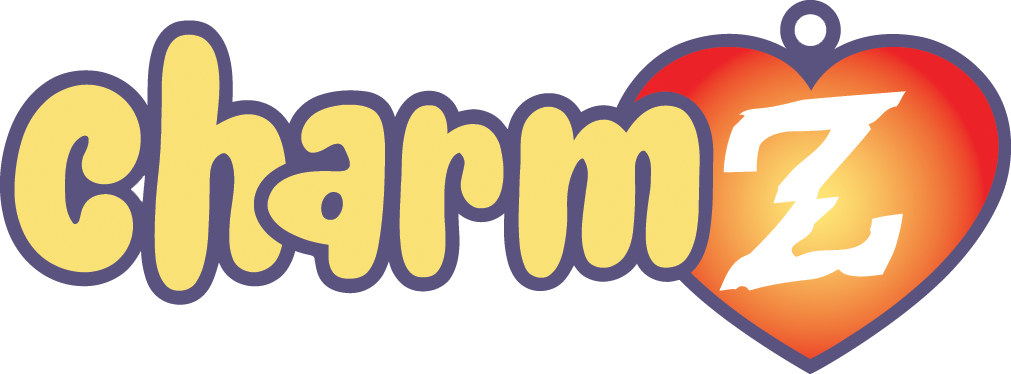
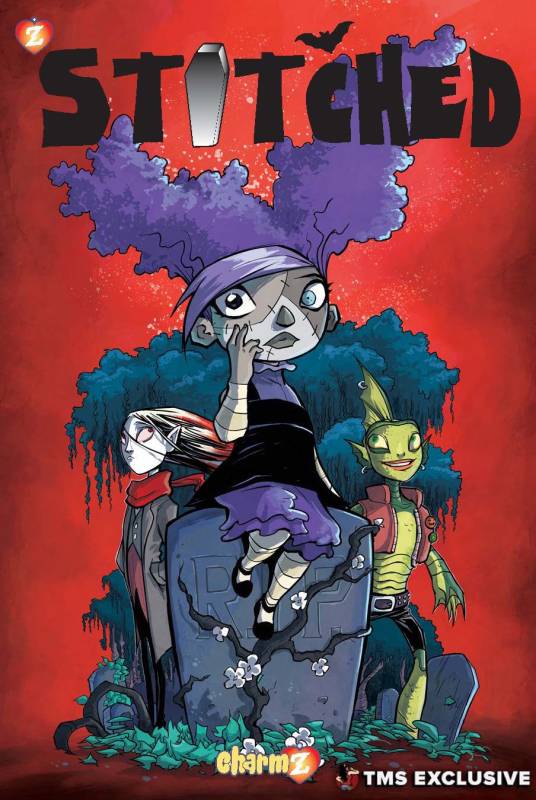
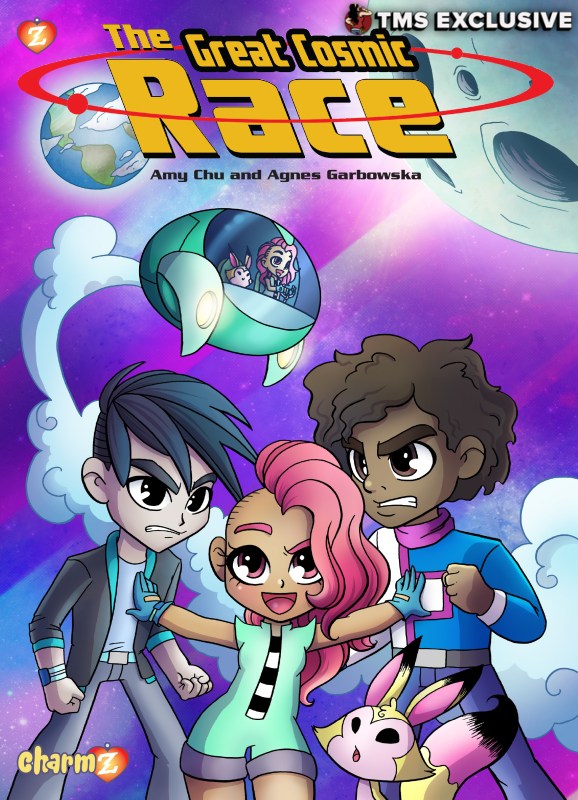
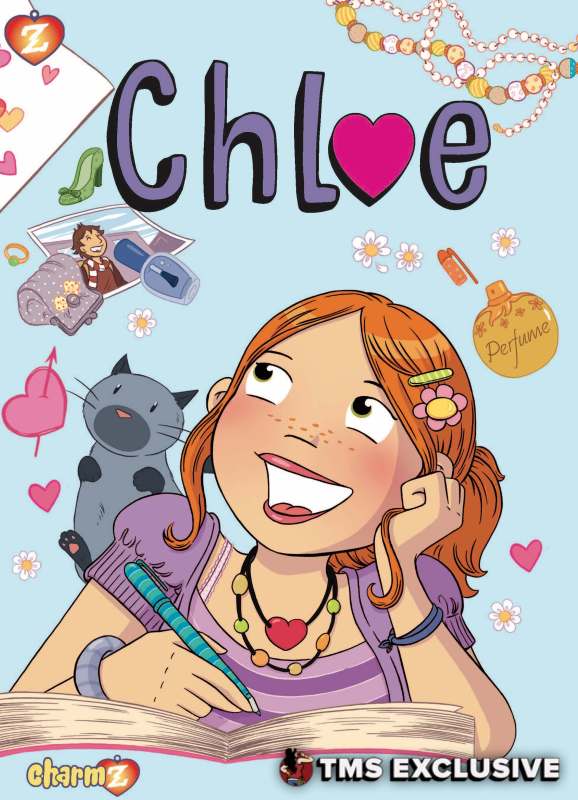
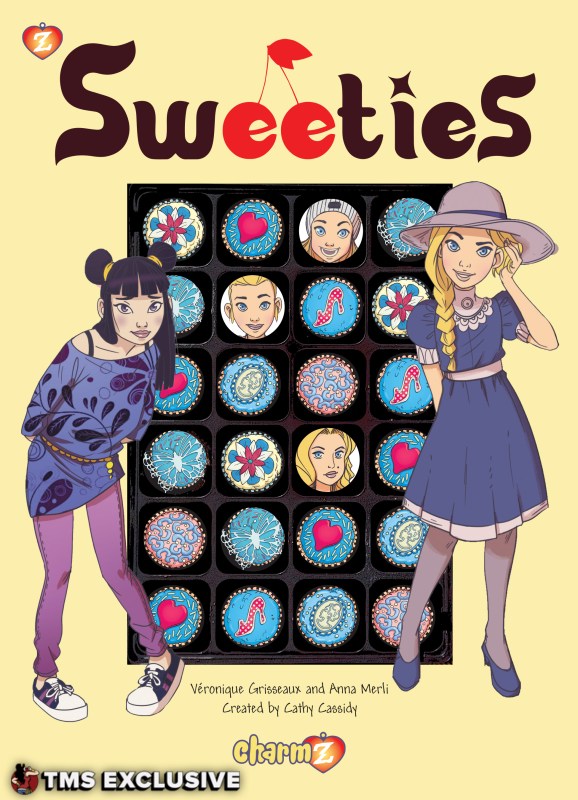





Published: Jul 18, 2016 05:43 pm